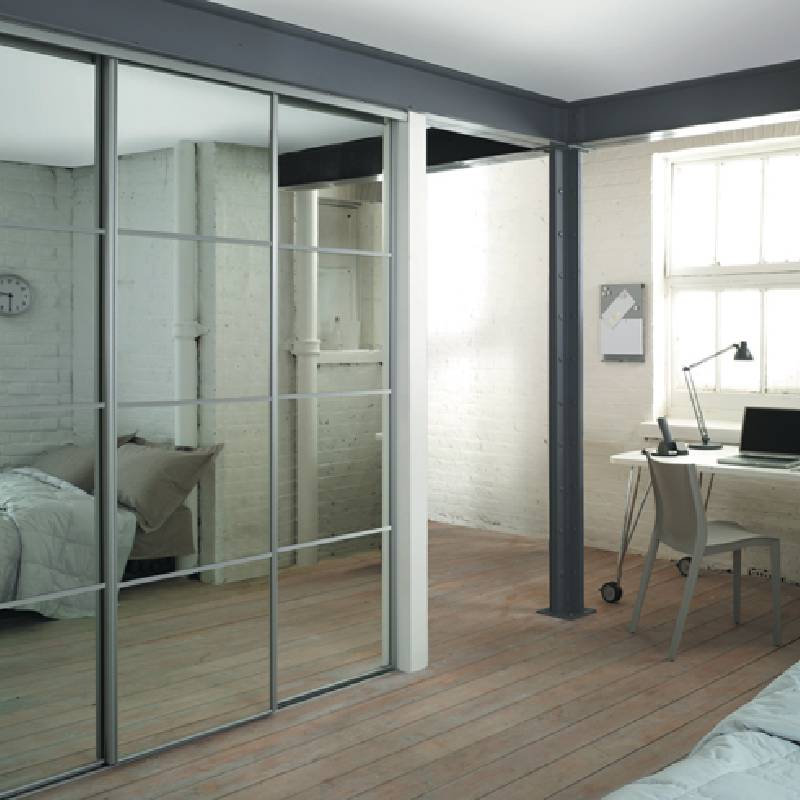

The Allure of Clear Glass Mirrors
Clear glass mirrors are more than just functional objects; they are significant elements of home decor that encapsulate elegance, style, and practicality. These versatile pieces have transcended their basic purpose, transforming into focal points in homes, offices, and public spaces. In this article, we will explore the various aspects of clear glass mirrors, their history, various types, and their influence on interior design.
Historically, the use of mirrors dates back to ancient civilizations. The earliest mirrors were made of polished stones like obsidian, and gradually evolved into more refined materials. With the advent of glass-making techniques in the first century AD, clear glass mirrors began to emerge. By the 16th century, the art of mirror-making reached new heights in Venice, where skilled artisans created exquisite glass mirrors that were sought after by nobility throughout Europe. This rich history contributes to the ongoing fascination with mirrors as both functional and decorative items.
Clear glass mirrors come in various shapes, sizes, and styles, allowing them to fit seamlessly into any decor theme. From sleek, modern designs featuring minimal frames to ornate, vintage-inspired pieces adorned with intricate carvings, there is a clear glass mirror for every aesthetic preference. Additionally, the reflective surface can create an illusion of more space in smaller rooms, making them a practical choice for compact living areas.
One of the most significant advantages of clear glass mirrors is their ability to enhance natural light. By strategically placing mirrors to reflect windows or light sources, homeowners can create a brighter and more inviting atmosphere. This effect is particularly beneficial in dark or poorly lit rooms, where a well-placed mirror can transform the ambiance. The interplay of light and reflection not only enhances the existing décor but also offers a sense of openness and airiness.

In interior design, clear glass mirrors serve as statement pieces. A large, statement mirror can act as a stunning centerpiece in an entryway, living room, or dining area. In bedrooms, mirrors can enhance the overall aesthetic, whether placed above a dressing table or used as sliding doors for closet spaces. The endless design possibilities mean that homeowners can personalize their space while benefiting from the practical uses of mirrors.
Moreover, clear glass mirrors also have a unique ability to complement various color palettes and styles. They can reflect and amplify existing colors, adding depth and dimension to a space. In a minimalist setting, a simple, frameless mirror can create clean lines and a sense of tranquility. In more eclectic settings, bold, embellished mirrors can add character and charm.
Beyond aesthetics, mirrors have been associated with various cultural and symbolic meanings throughout history. They are often seen as metaphors for self-reflection and introspection. In some cultures, mirrors are believed to hold spiritual significance, warding off negative energy or serving as portals between worlds. This duality of function and symbolism further elevates the status of clear glass mirrors in homes and spaces.
In conclusion, clear glass mirrors are far more than just reflective surfaces; they are timeless decor elements that enhance both functionality and beauty in our surroundings. With their rich history, diverse styles, and ability to create brighter, more spacious environments, clear glass mirrors continue to captivate homeowners and designers alike. Whether used as a practical tool or a statement piece, these mirrors will forever hold a special place in the world of interior design.